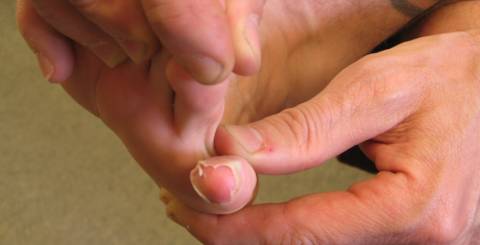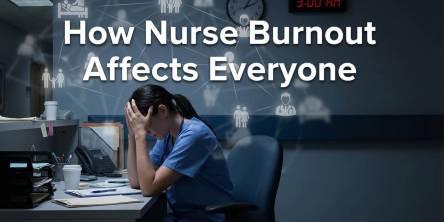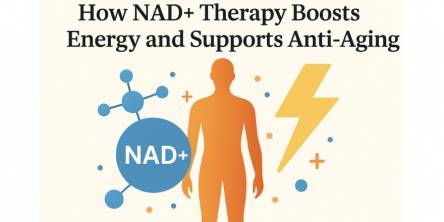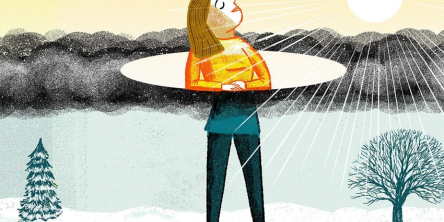Pressure Ulcers - Risk Assessment and Prevention

What are Pressure Ulcers?
Pressure ulcers, also known as bedsores or pressure sores, are generally injuries to the skin and underlying tissue that results when someone keeps pressing or rubbing against the skin. These sores are usually seen on the bony prominences like hips, ankles, heels, tailbone, etc. Due to prolonged pressure, shear and friction, the area of the skin breaks down. This results in pressure sores. Pressure ulcers embody a major burden of sickness and minimize the quality of life and the patient’s carrier.
Factors That Increase The Risk Of Pressure Ulcers
People with a medical condition that restricts them to change position or use a wheelchair or confines them to a bed for a long time, in such patients, the risk of bedsores double. These develop quickly and most of the time difficult to treat. The immobility in the patient could be as a result of:
- Coma
- Illness or injury that requires wheelchair use or bed rest
- Paralysis
- Poor health
- Recovery after surgery
- Sedation
- Weakness
There are several other factors that increase the risk of bedsores like:
Nonfunctional Sensory System: Neurological disorders, spinal cord injuries, and other conditions can cause loss of sensation. Such patients are unable to sense the pain or discomfort, which can result in bedsores.
Age: As your skin gets older, it becomes thin, less elastic, and more fragile as compared to those who are young. This makes the skin of elderly vulnerable to damage.
Weight loss: Weight loss condition is extremely common during long term illness, paralysis, and muscle atrophy.
Others: Other factors include poor nutrition & hydration, bowel incontinence, dryness, limited alertness, and medical conditions that affect blood flow.
Complications Associated With Pressure Ulcers
Pressure Ulcers are a very complicated diseased condition that can even result in different complications. It can cause sepsis (a life-threatening condition that can result in organ failure), bone and joint infections (reduce the function of joints and limbs), cellulitis (skin infection that causes severe pain, swelling, and redness) and cancer (nonhealing wounds).
Pressure Ulcers Risk Assessment
If we particularly talk about pressure prevention care pathway, it is essential to recognize the patients in the early states who are at the risk of developing pressure ulcers. Risk assessment is the part of prevention of pressure ulcers and helps practitioners to concentrate on the risks that have the potential of causing harm to the patient. It is their responsibility to identify these risks and begin the processes required to reduce the likelihood of occurring pressure ulcers.
There are 5 key points of risk assessment:
- Early recognition of the risks of developing bedsores is an essential part of prevention solution.
- With the help of specific tools, risks of occurring pressure ulcers can be easily assessed.
- Clinical judgment, consideration of support services and skin assessment are also the ways of risk assessment.
- Any damage to the patient’s skin should activate a re-evaluation of preventive plans.
- Patients and their families need to accept the reality that some pressure ulcers are inevitable.
Prevention Of Pressure Ulcers
Simply change in position is the key to preventing pressure sores. Repositioning is necessary to avoid pressure on the skin and body changes need to reduce pressure on vulnerable areas. The pressure ulcers prevention process includes:
Wheelchair Repositioning
Shift weight frequently
Lift the patient
Prefer specialty wheelchair
Choosing pressure-relieving cushion
Repositioning in a bed
Reposition frequently
Choose devices that help reposition
Adjust bed elevation
Try a specialized mattress
Prefer cushions to protect bony areas
Nutrition
Drink water, juices, etc. to keep skin hydrated
Choose a healthy diet
Others
Stay active
Quit smoking
It is the duty of a caregiver to examine the body of the patient from head to toe. Pay special attention to the areas that are very much prone to pressure ulcers.
Similar Articles
Discover the benefits, challenges, and future of locum medical jobs. Learn how locum recruitment agencies support flexible, diverse career opportunities for healthcare professionals seeking dynamic work environments.
Burnout in the healthcare environment is a significant and growing crisis.
NAD+ therapy restores cellular energy, enhances metabolism, and promotes anti-aging by supporting DNA repair and improved overall vitality.
Seasonal Affective Disorder (SAD) is a type of depression linked to seasonal changes, most commonly seen during the late fall and winter months when sunlight exposure decreases
Enhance sleep comfort and support with a mattress topper queen. Discover how the right topper improves pressure relief, temperature control, and rest.
If your mind refuses to be quiet the moment your head touches the pillow, welcome to the club. Overthinking at night has silently become nearly synonymous with modern forms of insomnia.
Discover how longevity clinics use key biomarkers to assess ageing, improve health, and guide personalized wellness strategies for a longer, healthier life.
Halitosis, sometimes known as foul breath, affects millions of individuals worldwide and can cause humiliation, influencing everyday interactions and confidence.
In the modern world, maintaining good health often feels like a constant challenge. Between busy lifestyles, sedentary habits, and lack of motivation, many people find it difficult to stay consistent with exercise, diet, or wellness practices.









